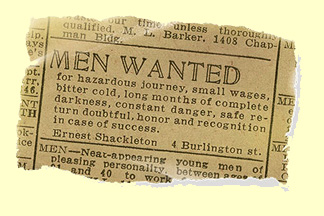
Wary of the “me-too” tag, many marketers often look for a brand new big thing to help their cause raise money.
Be it mobile phone calls, yoghurt bars, or even music downloads, there are a lot of examples.
I am often concerned that the same charities that develop these approaches are neglecting a direct relationship with supporters. And that makes me wonder if they are caught in the fundraising trap of being afraid to just ask for money.
The often cited reason for these approaches, is that they reach new audiences. Which in itself opens up a lengthy debate as to whether charitable giving should be as universally appealing as say baked beans.
This often makes me wonder whether charities should therefore be helping schools and parents educate their children as to the merits of philanthropy, rather than marketing to cynical adult audiences. I know many parents who sponsor children for this very reason, and I certainly remember (proudly) the picture of a Bolivian school child that my mum had framed on our TV, as well as my own typically obsessive collection of WWF-information as a junior member.
I recently learnt of the Tap Project in the US, and realised that it was an example of how with a little thought, the right everyday action can be chosen as the basis for a fundraising activity.
For one week a year, when you visit participating restaurants you can opt to donate to UNICEF a payment for the free tap water that the restaurant would normally provide for free. The money goes towards providing free clean water to children around the world.
The idea is simple and I look forward to it launching here in Australia.
What attracted me to it firstly, was when I heard that this was developed by an ad agency who then approached UNICEF with the near completed idea. As the creator David Droga testifies, he has finally made his mother proud after years of working on beer commercials. Nice to learn that Australia’s biggest ad-superstar (some would say the world’s) is humble enough to admit what his mum thinks of him.
I hope that UNICEF and Droga also have the sense to test ways of trying to develop an understanding of why this approach works, and whether any of the tap water purchasers would actually welcome entering a lengthier relationship with UNICEF.
Visit the tap project.









